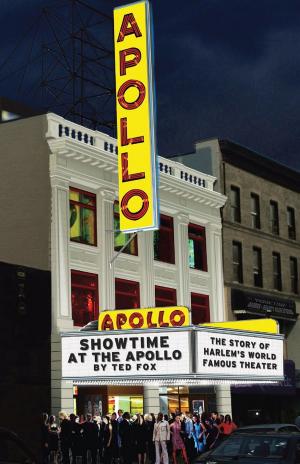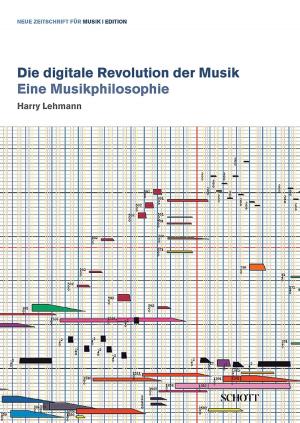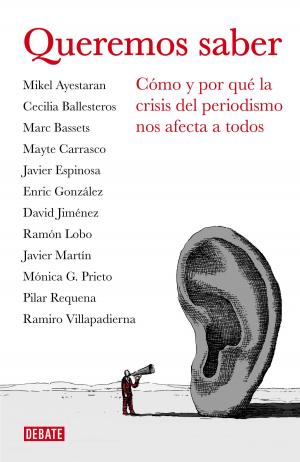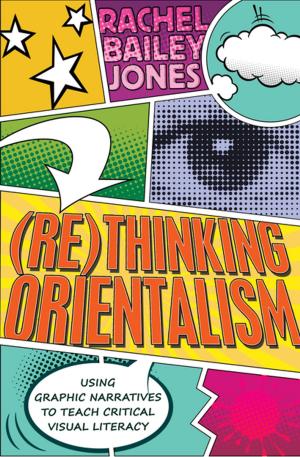Cold War Expressionism: Perverting the Politics of Perception/Bombast, Blacklists and Blockades in the Postwar Art World
Nonfiction, Art & Architecture, General Art, Art History, American, Criticism| Author: | dennis broe | ISBN: | 9781507070406 |
| Publisher: | dennis broe | Publication: | January 17, 2015 |
| Imprint: | Language: | English |
| Author: | dennis broe |
| ISBN: | 9781507070406 |
| Publisher: | dennis broe |
| Publication: | January 17, 2015 |
| Imprint: | |
| Language: | English |
Cold War Expressionism is an expose of the art world after World War II where a new triumphalism and a growing conservatism on the part of the US helped bring to power a depoliticized art which went under the rubric of Abstract Expressionism and which functioned as an advertisement for American capitalism while erasing the social impulses of prior European Modernisms and the American Social Expressionists of the 1930s and mid-1940s. This book details how more socially aware forms of both creating and distributing art were erased in the McCarthyite moment after the war, the beginning of the flourishing of the modern privatized gallery system which has now led to the art world becoming a site of speculation to rival that of real estate as art becomes one more item on the commodities market. The career of Mark Rothko is discussed as emblematic of an artist caught in this quandary, one who both resisted and succumbed to the corporatization of his art.
The book also discusses the largely ignored blacklist in the art world, where the Abstract Expressionist line became utterly rigid in its exclusion of social content from art while being policed by the New York Critics. The Social Expressionists of the Thirties and Forties often could no longer find work in the new corporatized atmosphere while the Abstract Expressionist work hung in the offices of this new globalized elite. The second part of the book details the forced exile of many of the socially conscious artists of the thirties whose art had threatened in its distribution and its content to become a genuine people’s art. Alice Neel’s fleeing of the downtown art scene and her relocation in Spanish Harlem is accented, as is Jacob Lawrence’s exile in an asylum in the darkest days of the Cold War, as well as Ben Shaun’s loss of critical perception as he became more and more the poster artist for American freedom.
Finally, the book takes up the history of a movement which challenged American dominance after the war but which was the subject of an American blockade in Europe to keep it from truly subverting the American form, that of the Mexican Muralists. Muralist art and distribution is first traced in its historical relation to the Mexican Revolution and then recounted in its moment of triumph at a postwar Venice Biennale where the work of Orozco, Rivera and Siqueiros challenged the dominance of the elite, depoliticized American form, only to be the subject of a US State Department campaign against this popular form as it subsequently toured Europe. The book details the work of David Alfaro Siqueiros in the Mexico of the 1950s as he incorporated techniques and forms of abstraction while remaining true to a politically committed people’s art, founded not only on Mexican indigenous forms but also always open to modernist influences including that of the Russian film director Sergei Eisenstein.
The book concludes with a description of the contemporary art market and an outlining of the role of the Abstract Expressionist period in shaping that market. It also suggests alternative modes of art outside of the market that counter the elite, formalist tradition and that are today in the forefront of representation while also commenting on and inserting themselves into contemporary struggles on such issues as immigration and climate change.
Cold War Expressionism is an expose of the art world after World War II where a new triumphalism and a growing conservatism on the part of the US helped bring to power a depoliticized art which went under the rubric of Abstract Expressionism and which functioned as an advertisement for American capitalism while erasing the social impulses of prior European Modernisms and the American Social Expressionists of the 1930s and mid-1940s. This book details how more socially aware forms of both creating and distributing art were erased in the McCarthyite moment after the war, the beginning of the flourishing of the modern privatized gallery system which has now led to the art world becoming a site of speculation to rival that of real estate as art becomes one more item on the commodities market. The career of Mark Rothko is discussed as emblematic of an artist caught in this quandary, one who both resisted and succumbed to the corporatization of his art.
The book also discusses the largely ignored blacklist in the art world, where the Abstract Expressionist line became utterly rigid in its exclusion of social content from art while being policed by the New York Critics. The Social Expressionists of the Thirties and Forties often could no longer find work in the new corporatized atmosphere while the Abstract Expressionist work hung in the offices of this new globalized elite. The second part of the book details the forced exile of many of the socially conscious artists of the thirties whose art had threatened in its distribution and its content to become a genuine people’s art. Alice Neel’s fleeing of the downtown art scene and her relocation in Spanish Harlem is accented, as is Jacob Lawrence’s exile in an asylum in the darkest days of the Cold War, as well as Ben Shaun’s loss of critical perception as he became more and more the poster artist for American freedom.
Finally, the book takes up the history of a movement which challenged American dominance after the war but which was the subject of an American blockade in Europe to keep it from truly subverting the American form, that of the Mexican Muralists. Muralist art and distribution is first traced in its historical relation to the Mexican Revolution and then recounted in its moment of triumph at a postwar Venice Biennale where the work of Orozco, Rivera and Siqueiros challenged the dominance of the elite, depoliticized American form, only to be the subject of a US State Department campaign against this popular form as it subsequently toured Europe. The book details the work of David Alfaro Siqueiros in the Mexico of the 1950s as he incorporated techniques and forms of abstraction while remaining true to a politically committed people’s art, founded not only on Mexican indigenous forms but also always open to modernist influences including that of the Russian film director Sergei Eisenstein.
The book concludes with a description of the contemporary art market and an outlining of the role of the Abstract Expressionist period in shaping that market. It also suggests alternative modes of art outside of the market that counter the elite, formalist tradition and that are today in the forefront of representation while also commenting on and inserting themselves into contemporary struggles on such issues as immigration and climate change.















